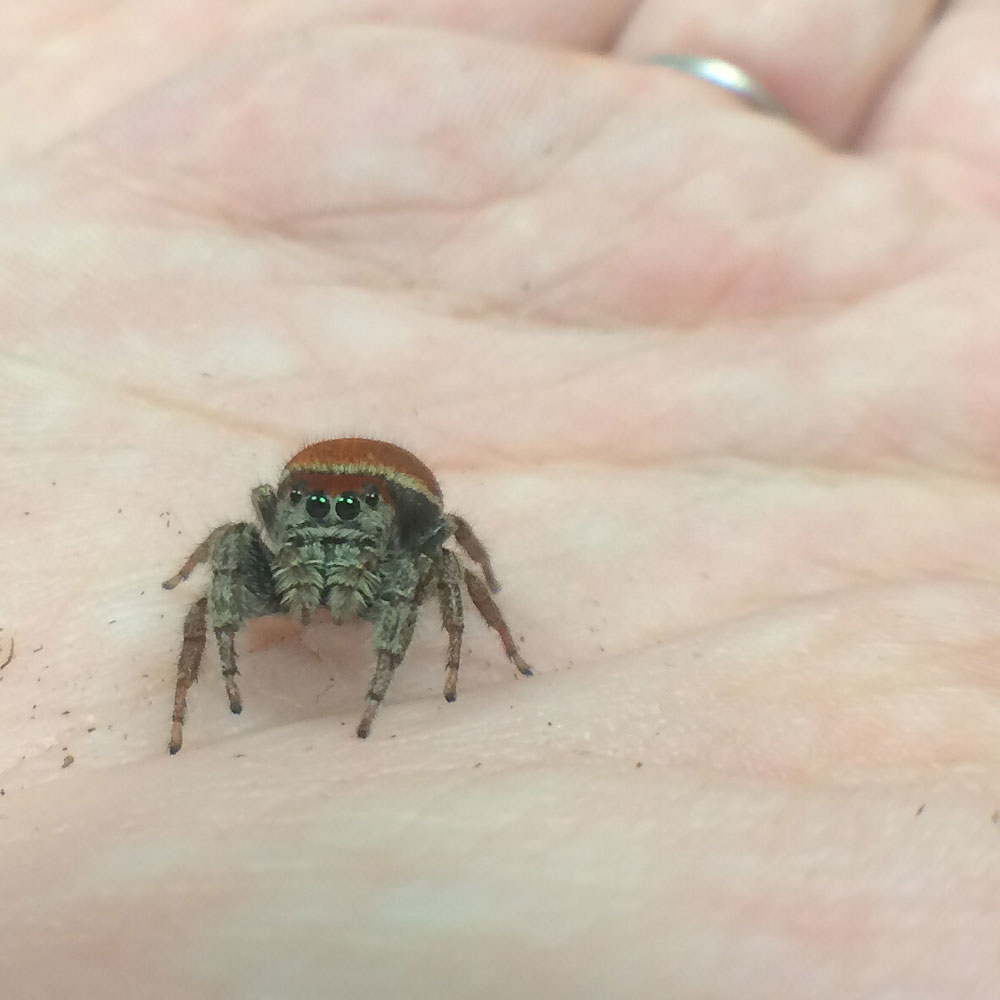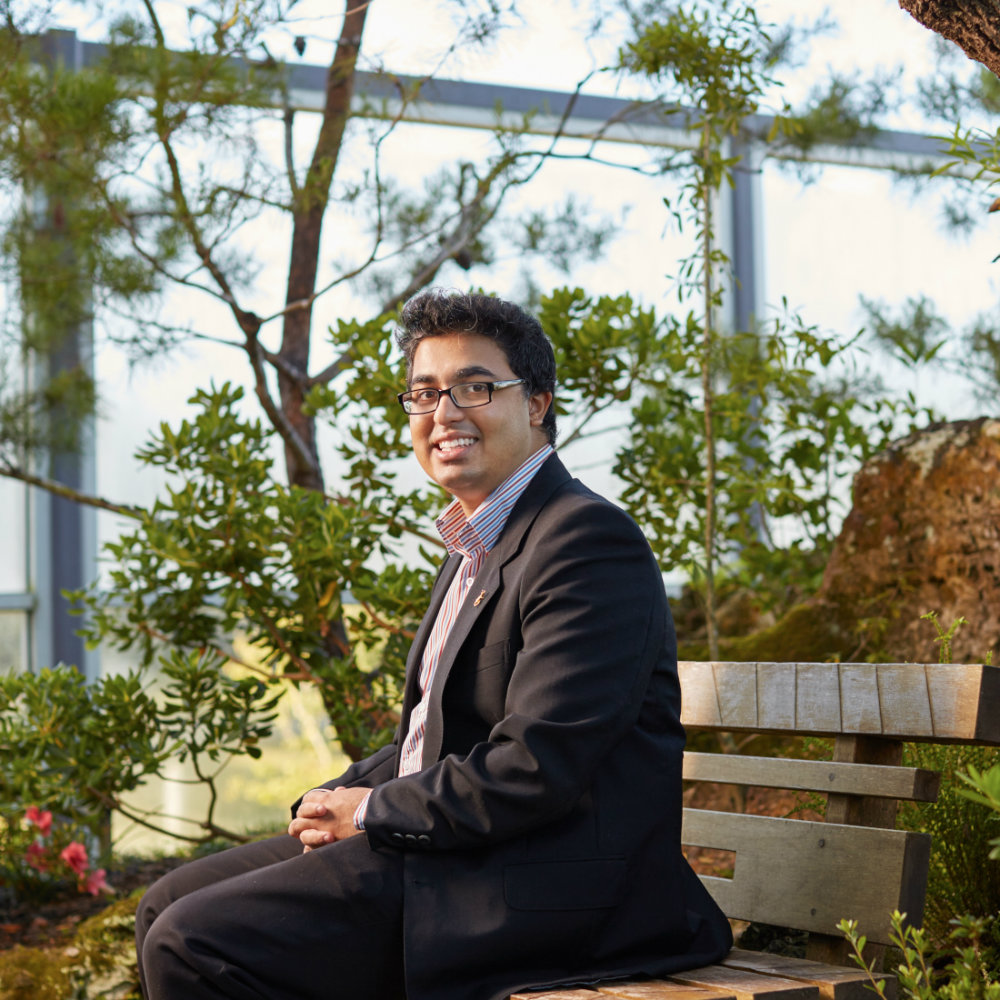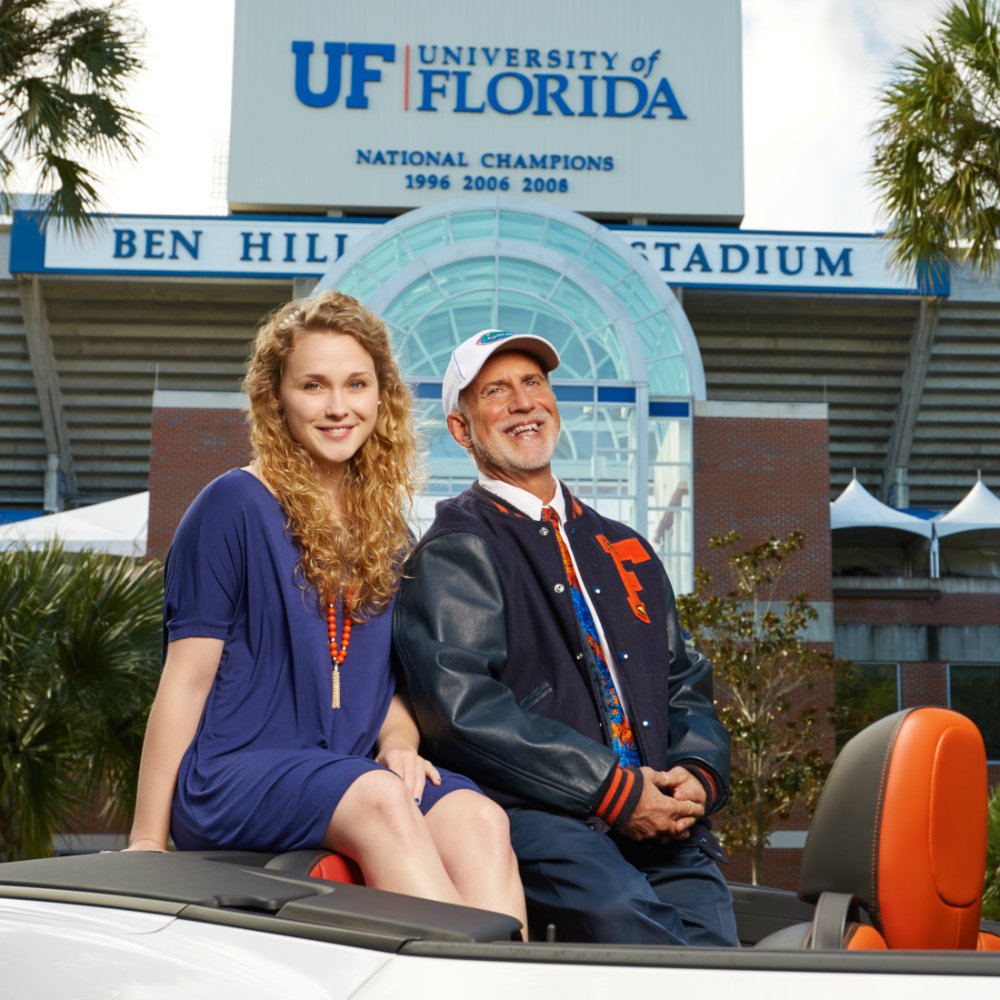UF is proud to announce: The Herbert Wertheim College of Engineering
Dr. Herbert Wertheim and the Dr. Herbert and Nicole Wertheim Family Foundation have committed $50 million to launch a $300 million public and private investment in the University of Florida’s College of Engineering.
The Wertheim gift, the largest cash gift in UF’s history, is the cornerstone of a fund-raising initiative that will pool funds from the university, the state of Florida, and private donors to revolutionize engineering education and research at the UF College of Engineering.
The college will now become the Herbert Wertheim College of Engineering. The Wertheims’ $50 million gift is the catalyst for the largest expansion in the 105-year history of UF Engineering. The transformation will fund additional faculty, several state-of-the-art facilities and enhancements in engineering education delivery. The goal is inspiring engineers to seek humanitarian solutions in an effort to re-imagine the way we live today and into the future.
“It’s befitting to name the college in honor of someone who exemplifies what we call ‘the New Engineer,’” said Cammy Abernathy, dean of the Herbert Wertheim College of Engineering. “Herbie is the future of engineering. He’s innovative, entrepreneurial and a service-oriented leader.”
“The transformation made possible by the Wertheim investment signals UF engineering’s remarkable determination to become one of the leading programs in the world,” UF President Kent Fuchs said. “It raises the stature of both the engineering college and the university. This transformation will further accelerate social and economic development in the state of Florida and the nation.”
Wertheim and his wife, Nicole, have a philanthropic reach that stretches across the globe. Together they strive to make a measured impact on people’s daily lives. From their work with many nonprofits to the dedicated efforts and resources toward university advancement with Florida International University’s Herbert Wertheim College of Medicine and Nicole Wertheim College of Nursing, the Dr. Herbert and Nicole Wertheim Family Foundation has made a significant impact since 1976. With this gift, the Wertheim Family, including daughters Erica Wertheim Zohar and Vanessa Von Wertheim, will have contributed more than $100 million to Florida’s public universities and colleges.
At least two high-tech facilities are planned for the college at UF, including the 80,000-square-foot Engineering Innovation building, which will also be named in Wertheim’s honor. The innovation building is scheduled for groundbreaking in spring 2016. It will be located at the heart of the UF campus and designed to encourage interdisciplinary collaboration.
“UF is joining the ranks of the world’s best universities, and having a world-class engineering college is one of the keys to that success. This strategic gift is one giant step in getting there and sustaining engineering leadership in the world,” said Steve Scott, chair of the UF Board of Trustees. “The Wertheims’ investment in the college and university continues their insight in the future of mankind. This gift dramatically increases UF’s ability to impact the lives of people around the world through innovative teaching and research.”
What people are saying about the Wertheims and the gift
State University System Chancellor Marshall M. Criser, III: “With this gift, the Wertheims have created an unparalleled opportunity to reimagine how we prepare students for a field that improves the lives of each and every Floridian. This is what our State University System is all about: coming together as Floridians to prepare our students and our state for a growing economy based on science and technology. The Wertheims exemplify the spirit of that partnership.”
Santa Fe College President Jackson Sasser:
“Santa Fe College is inspired by the Wertheim’s’ investment in this great university and superior engineering school and we know that many transformative opportunities will result for students in the Gator Engineering @ Santa Fe program.”
Susan Davenport, President/CEO, Gainesville Area Chamber of Commerce:
“The $50 Million gift to the University of Florida’s College of Engineering underscores growing recognition of what many in Greater Gainesville and the State of Florida already know: The College of Engineering is a vital partner in growing Greater Gainesville’s global presence.
The Gainesville Area Chamber of Commerce is leading the economic development strategy that is transforming this region into a global hub of talent, innovation and opportunity. The UF College of Engineering has consistently advanced this vision through its world-class research that produces cutting-edge inventions at twice the national average, as well as its role in proliferating business startups and producing a pipeline of top-tier talent.
The Gainesville Area Chamber of Commerce and Council for Economic Outreach look forward with anticipation to our continued partnership with the College of Engineering as it leverages this investment to advance the engineering education renaissance that is propelling its graduates—and the companies that hire them—to new levels of opportunity.”’
Gainesville Mayor Ed Braddy: “Gainesville is increasingly recognized as a place for technology companies flourish. This gift enhances the university’s potential to improve quality of life throughout our city.”
Alachua County Commission Chair Charles “Chuck” Chestnut: “Strengthening UF’s College of Engineering will further Alachua County’s reputation as a hotbed of innovation and entrepreneurship. I’m grateful that the Wertheims chose to make their investment here.”
Global Impact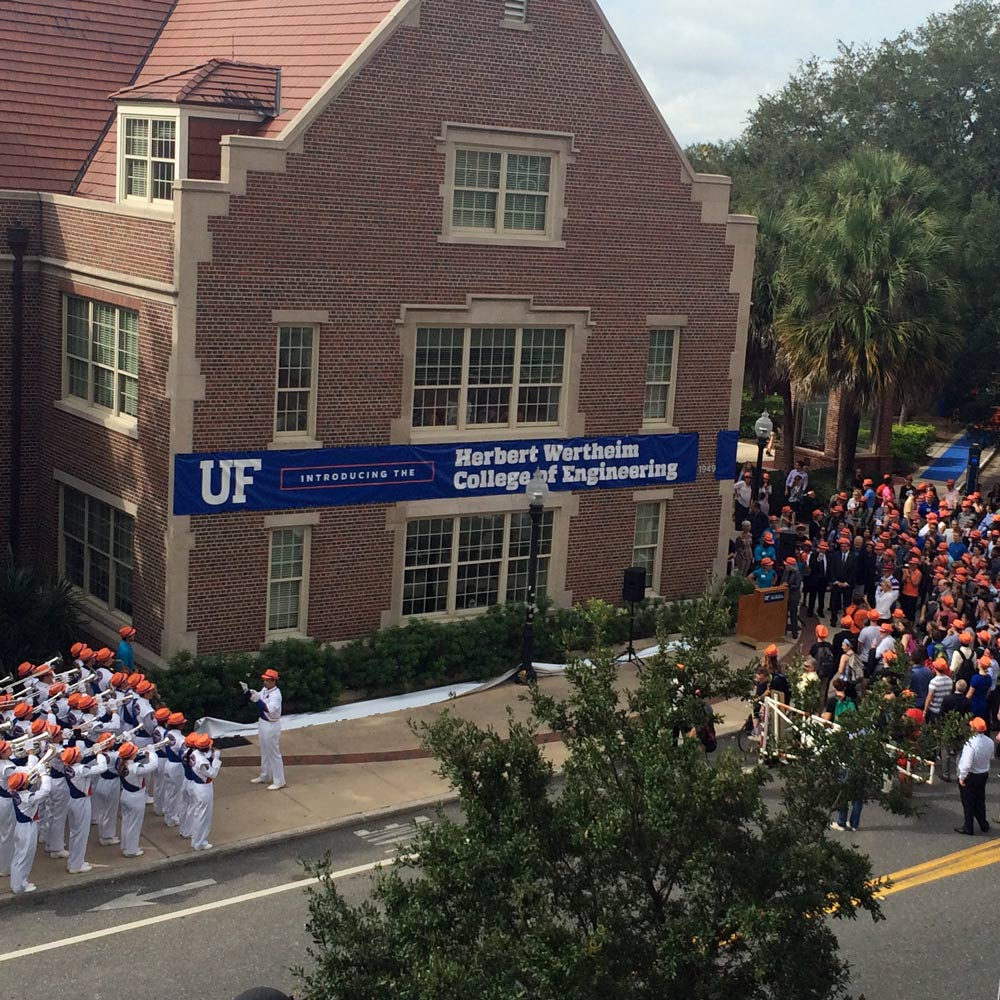

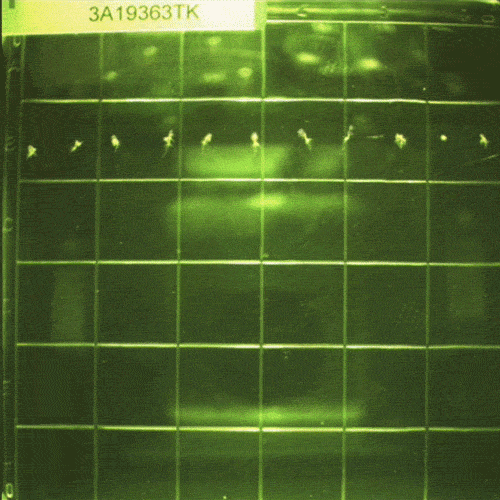
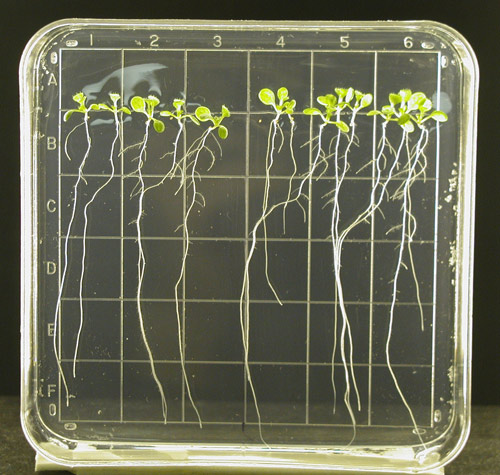
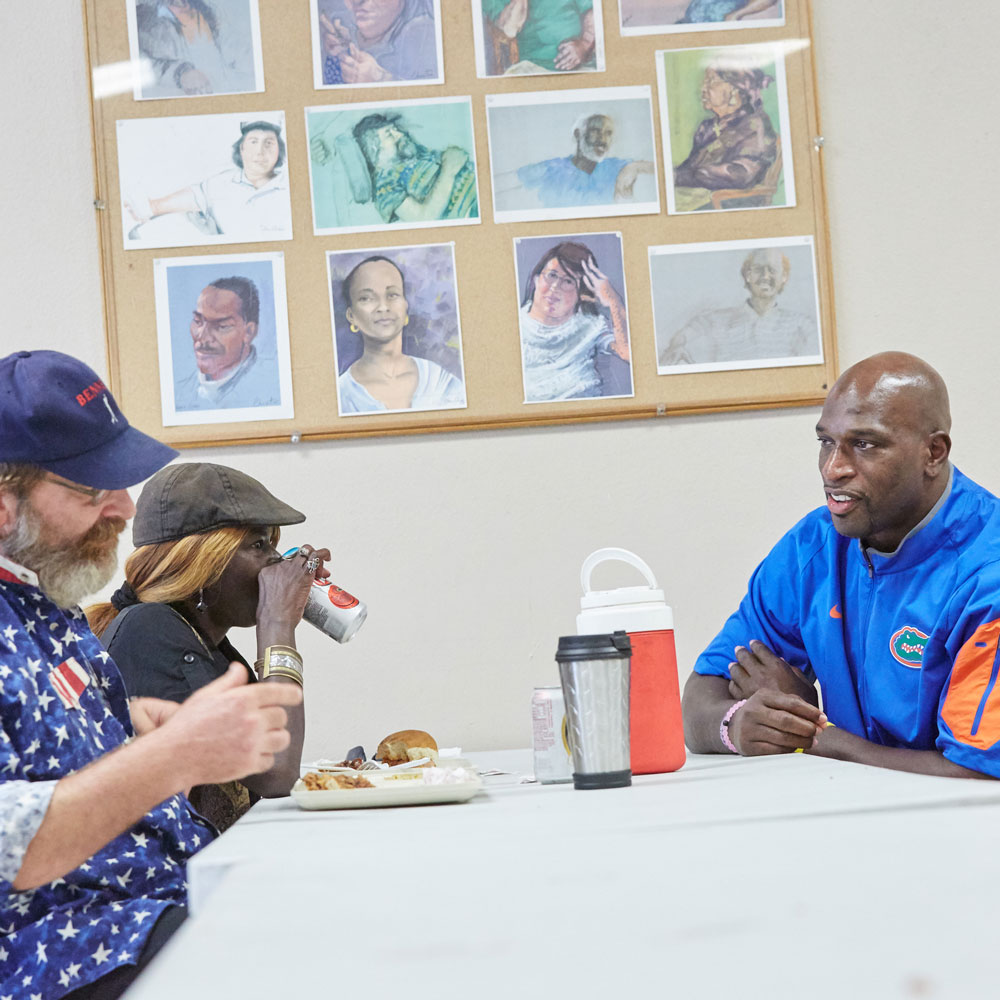

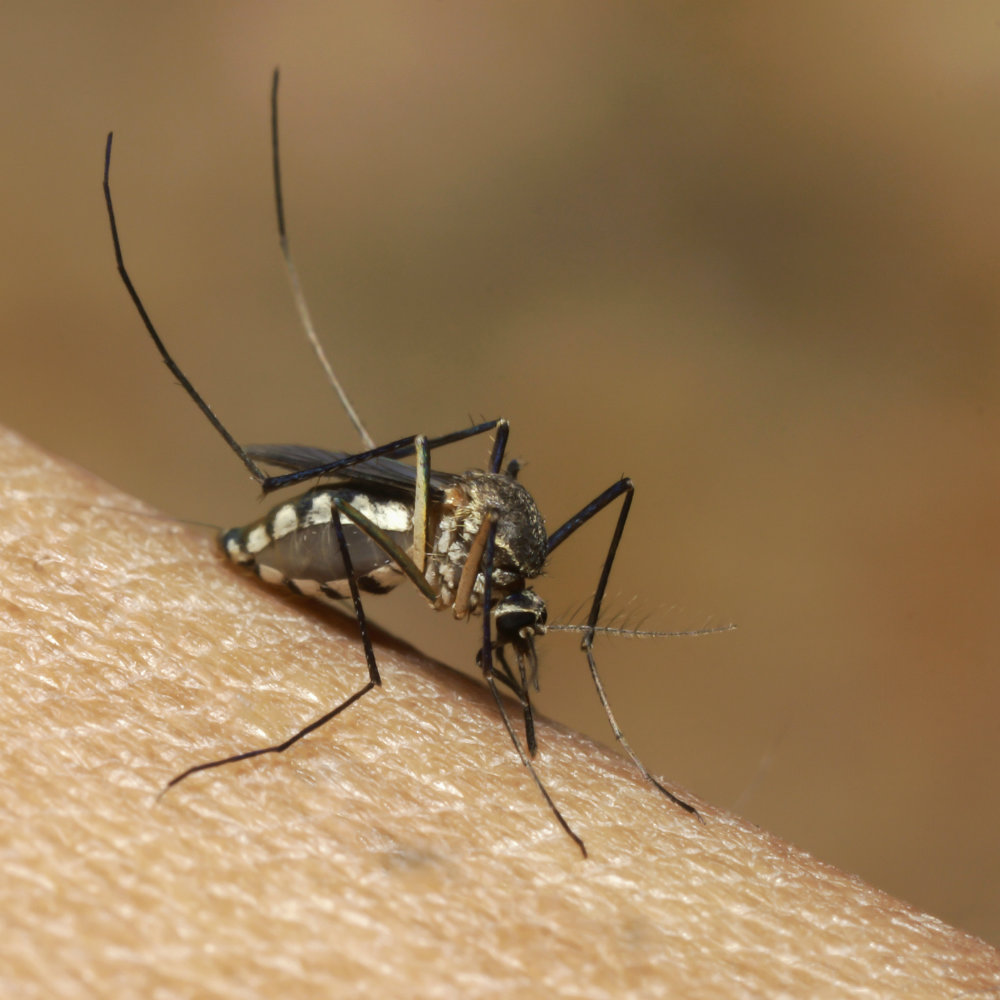
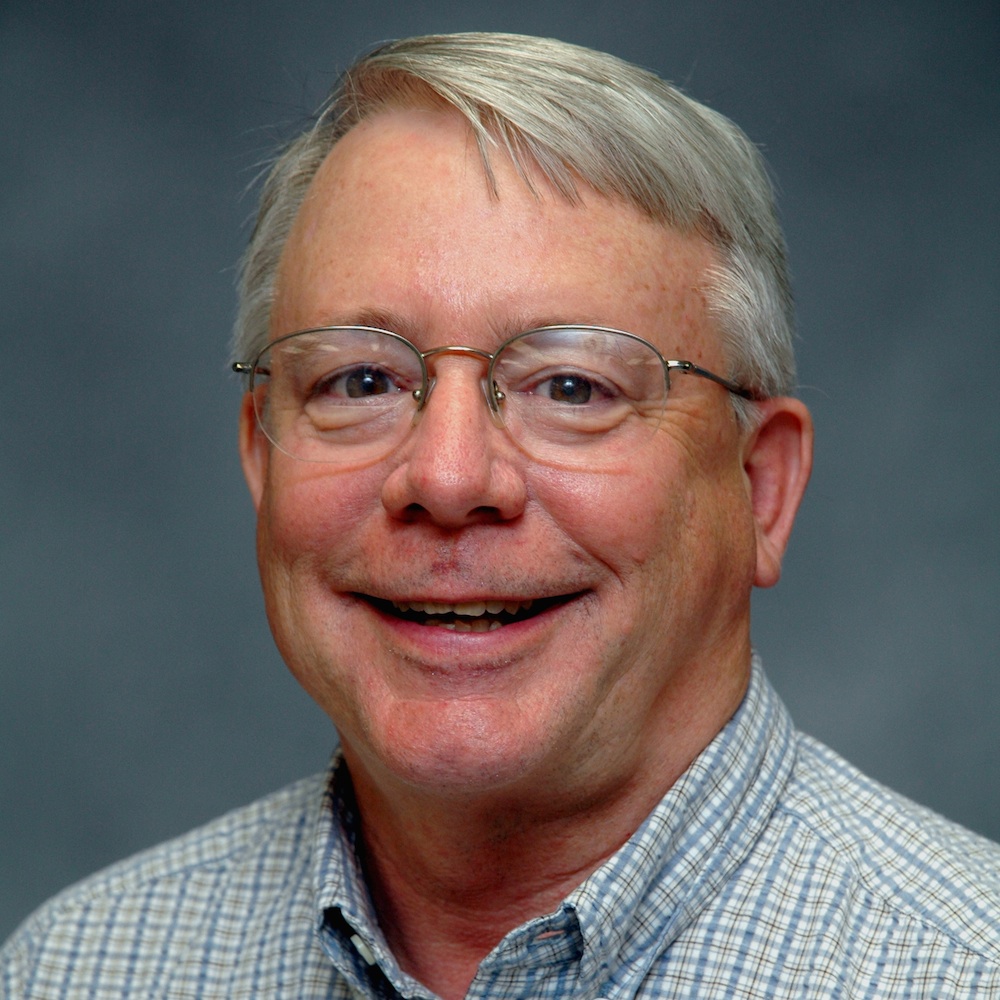
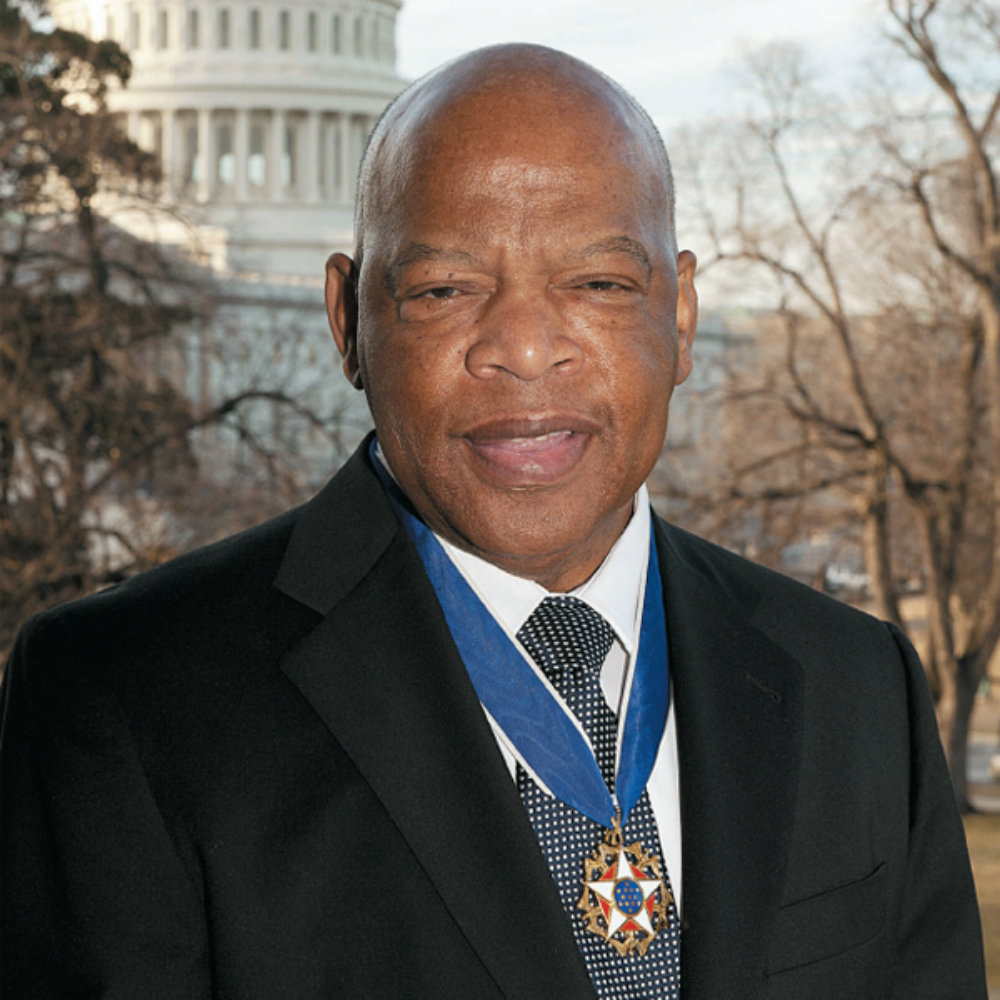




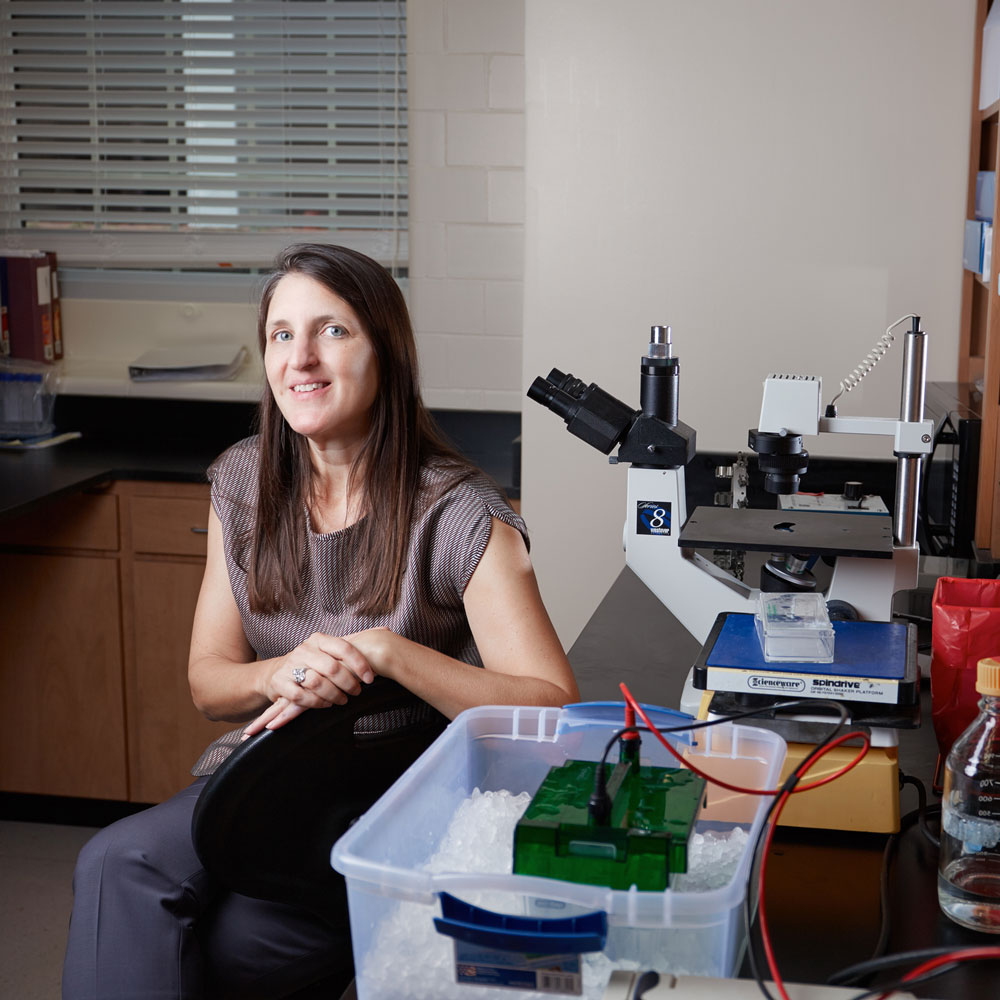
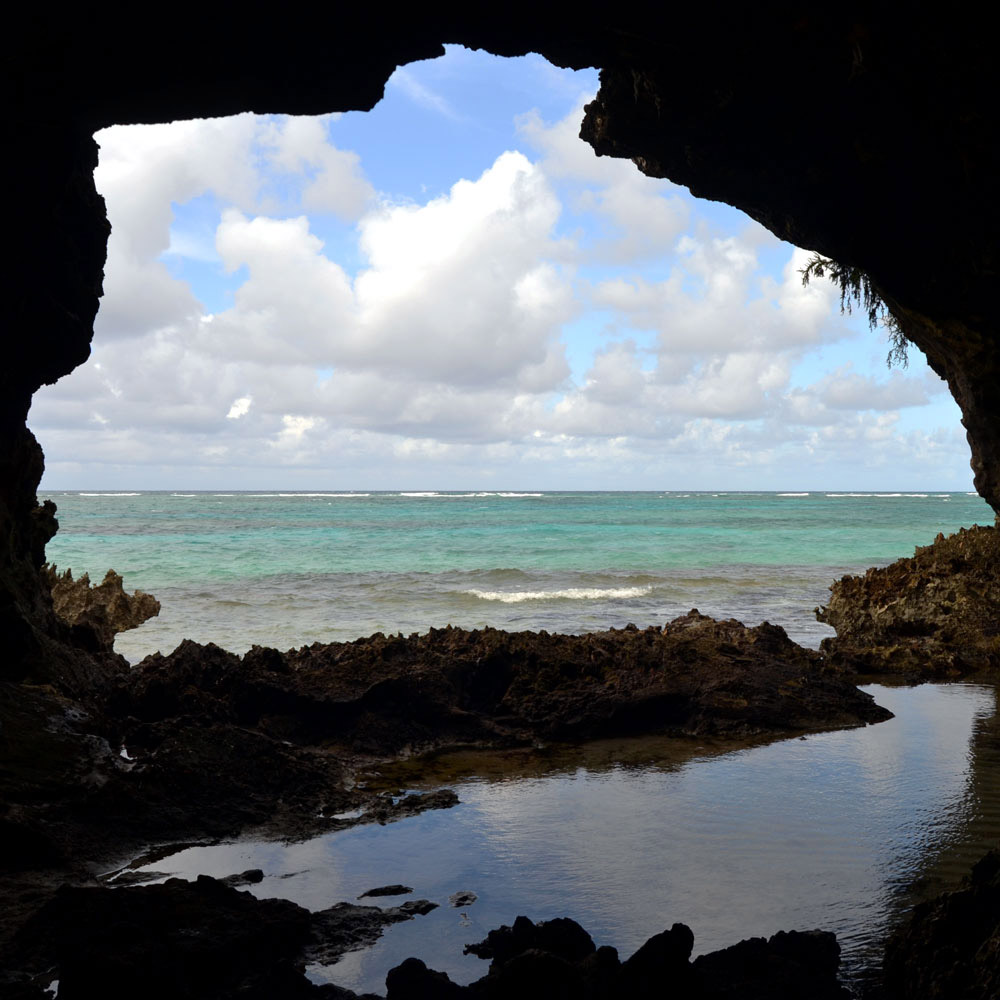
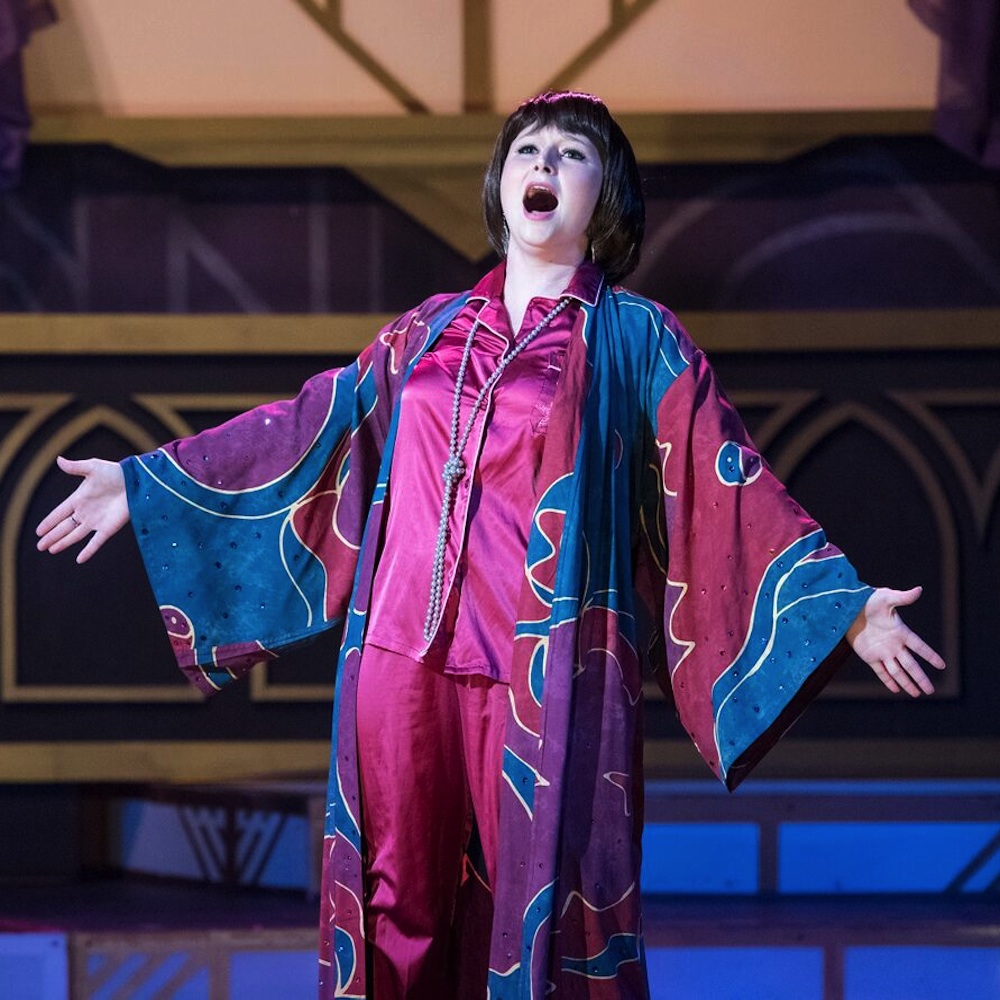
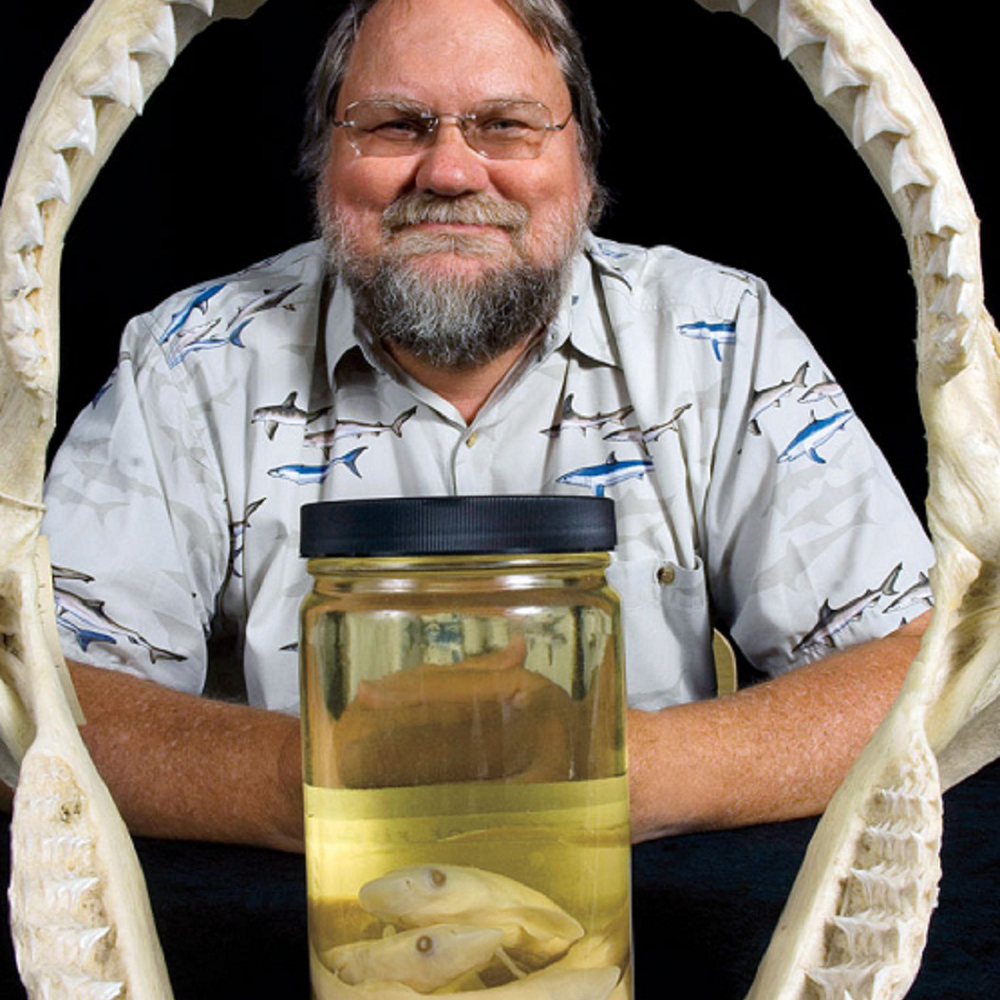



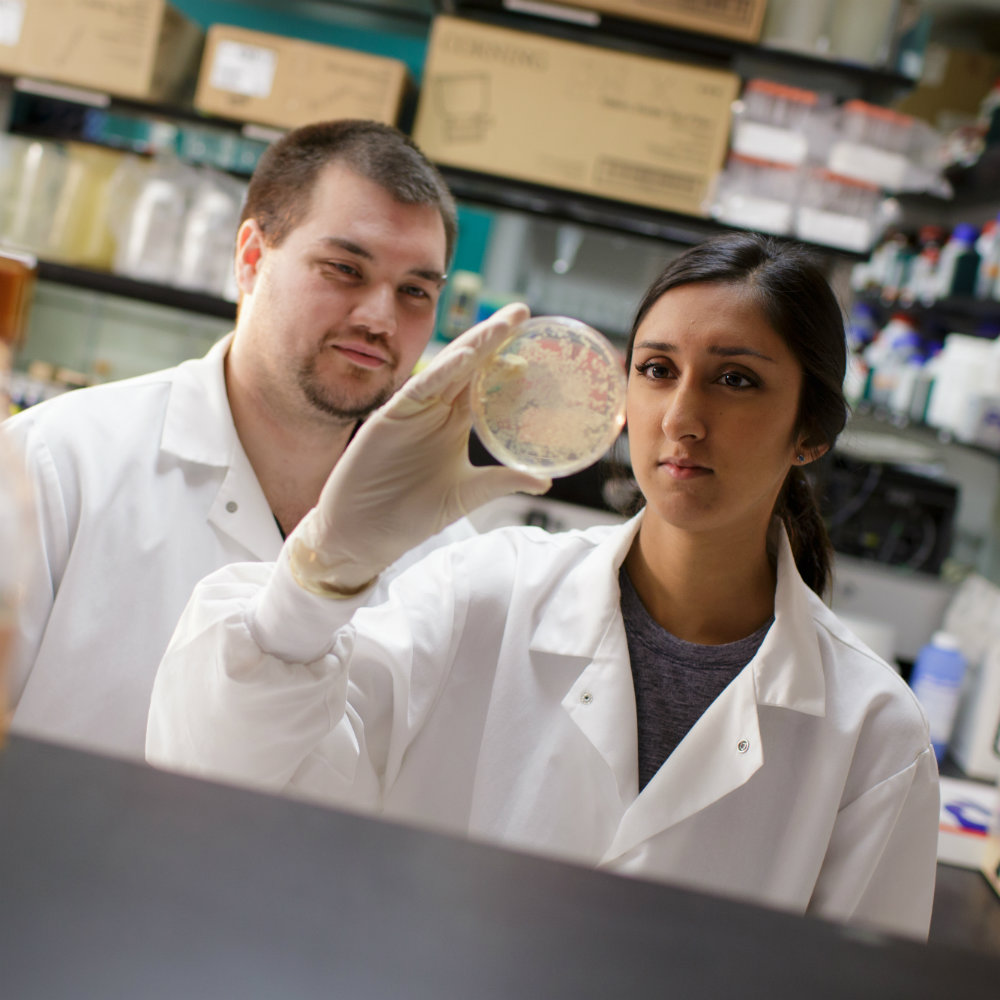
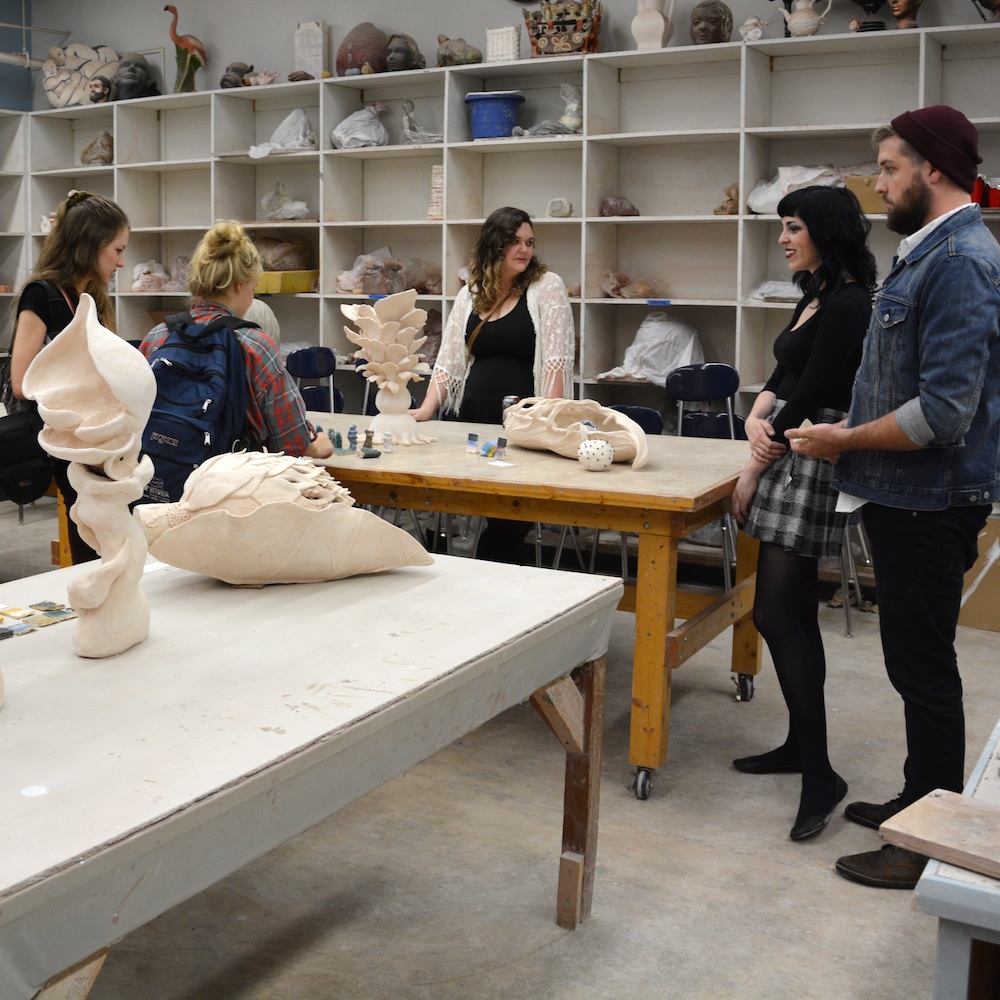
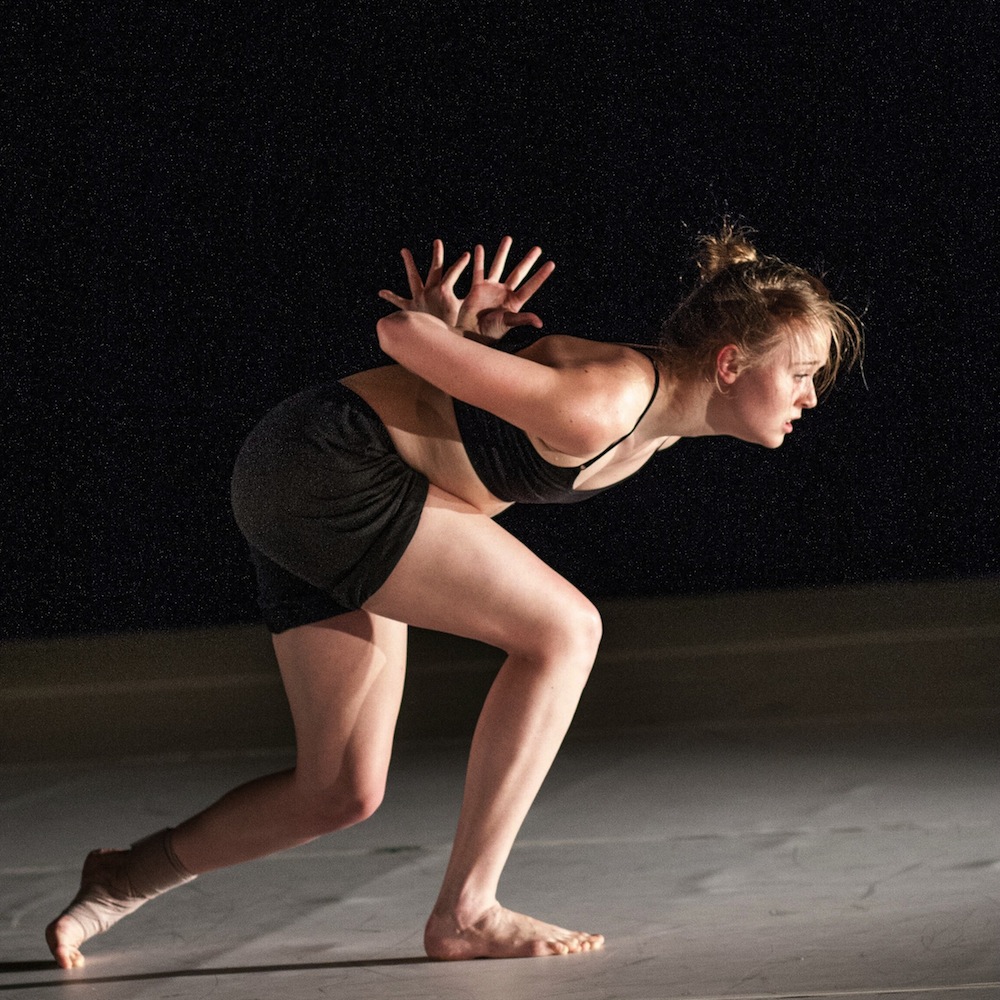
.jpg)

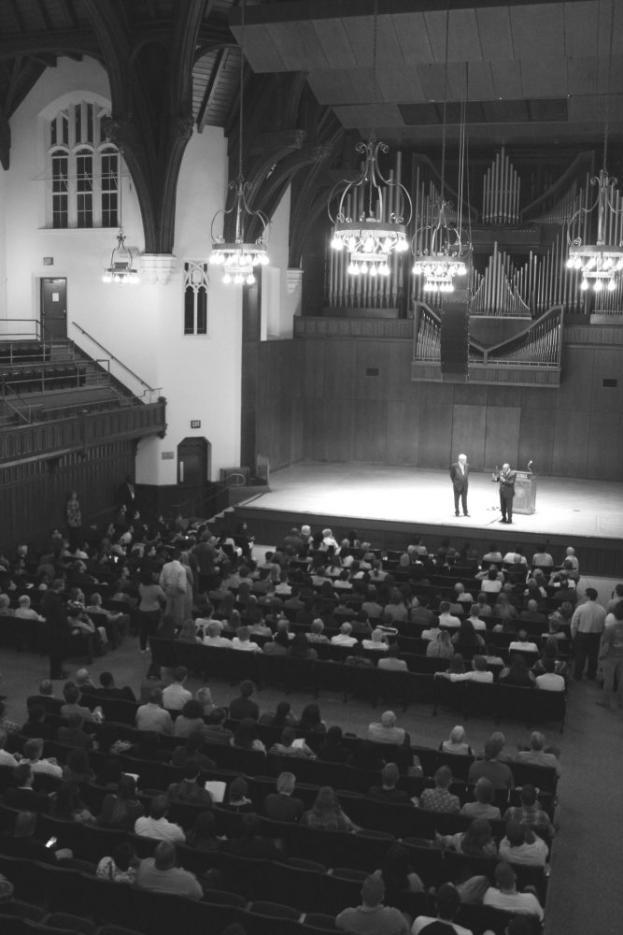
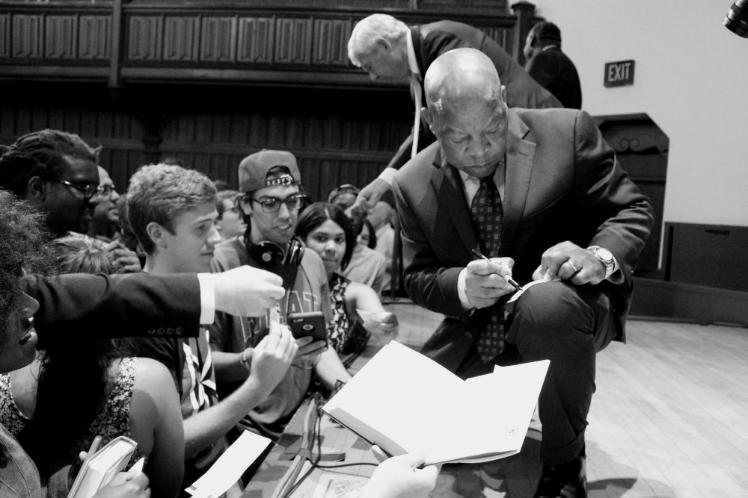
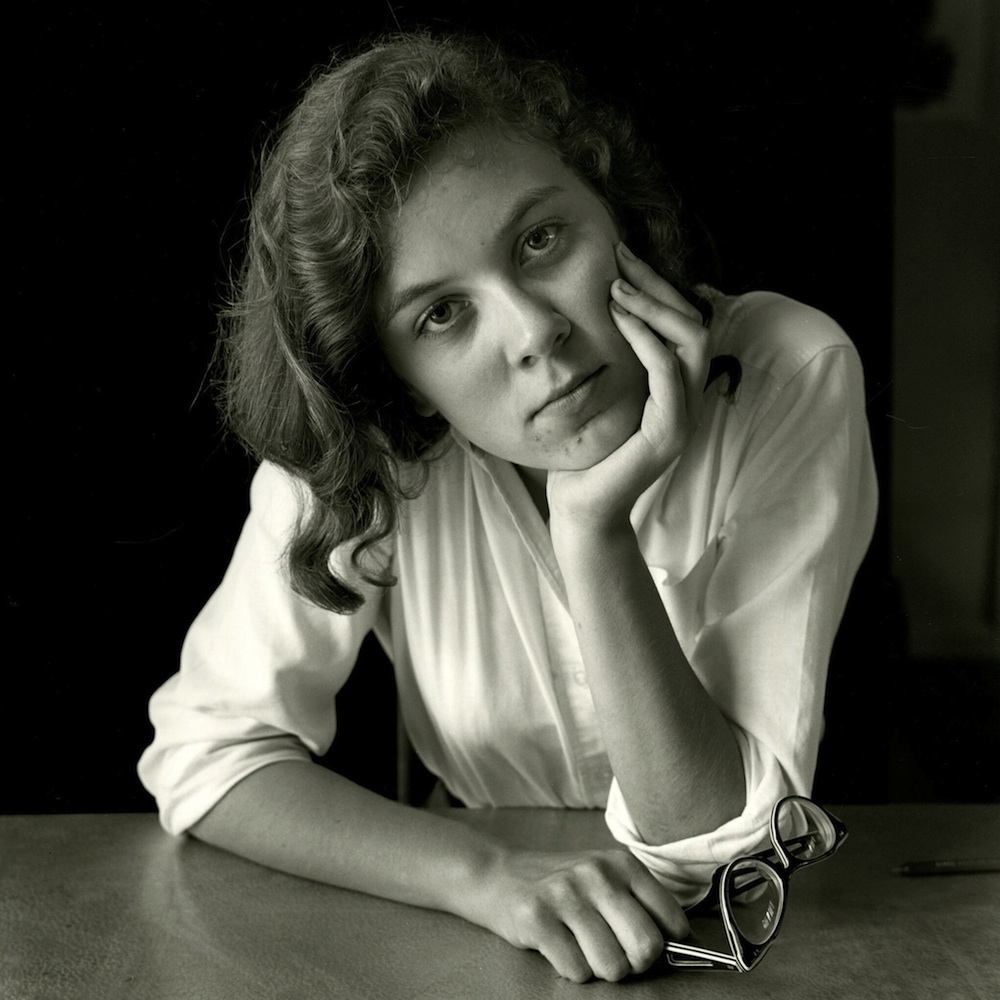

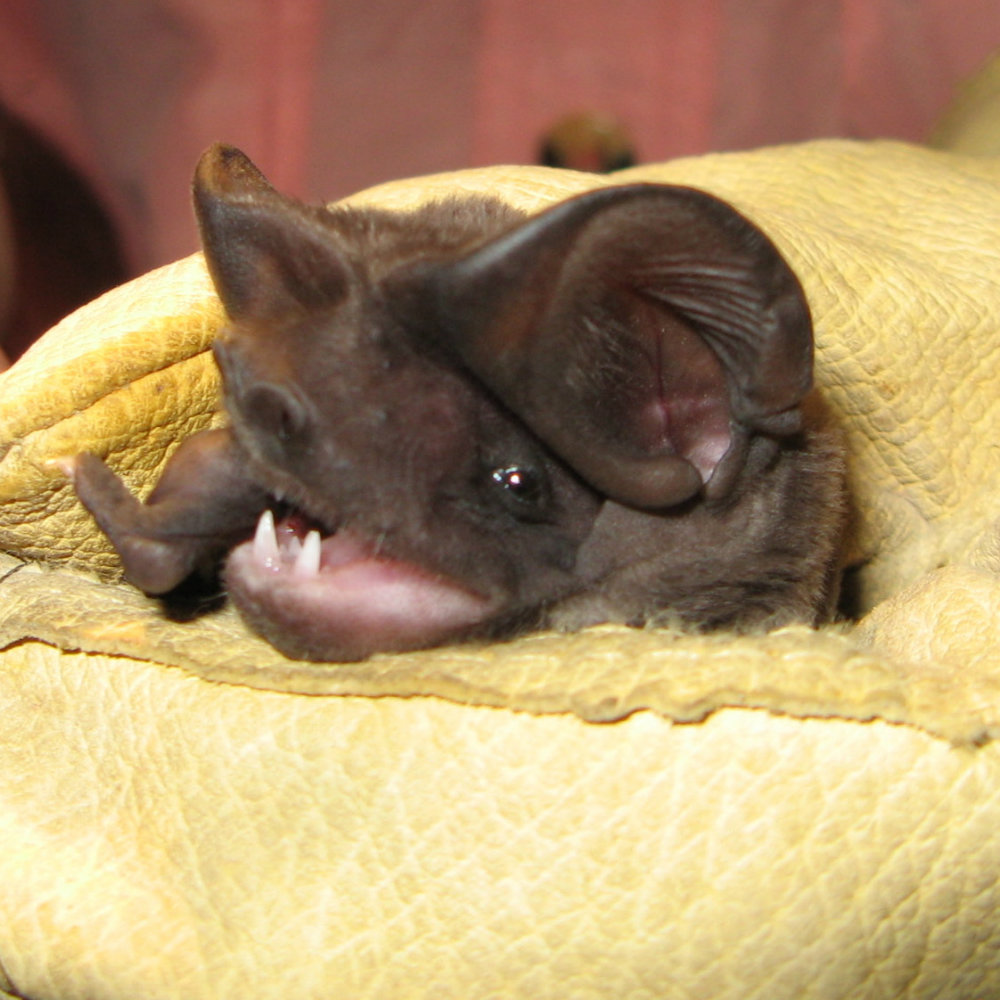
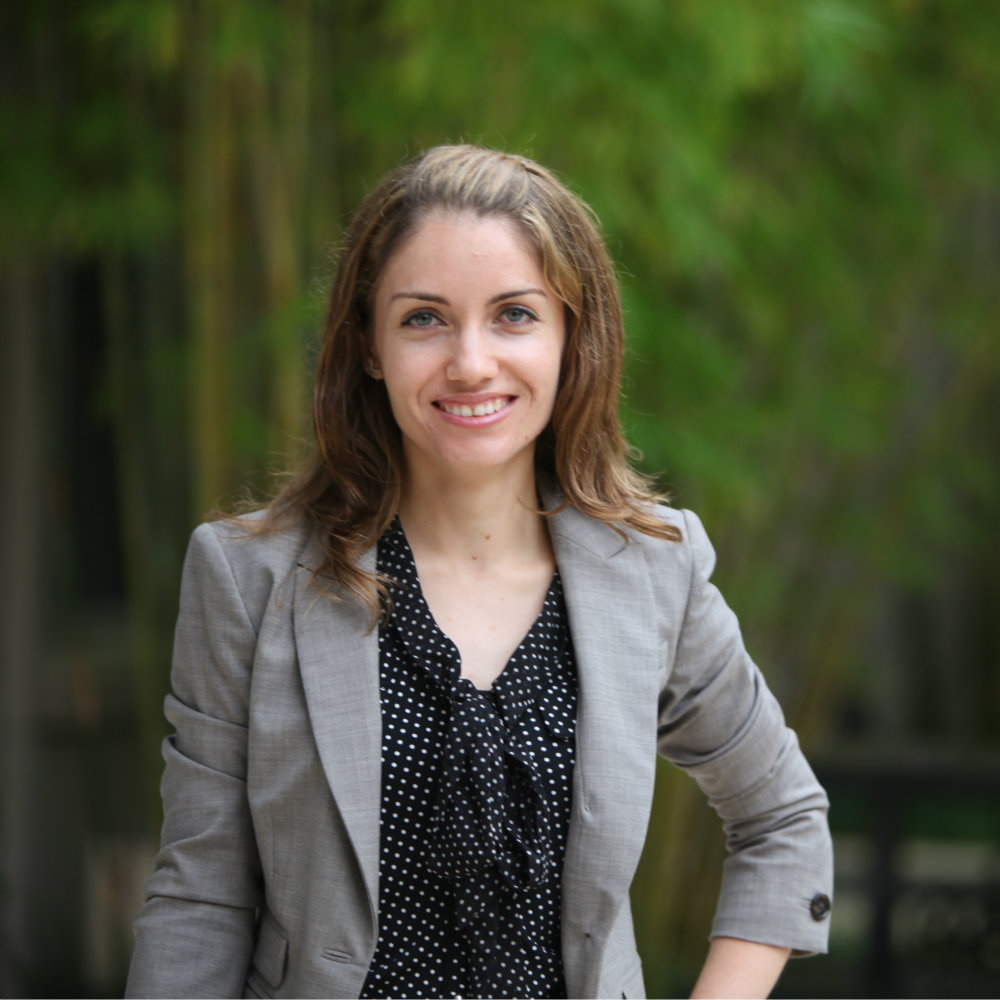



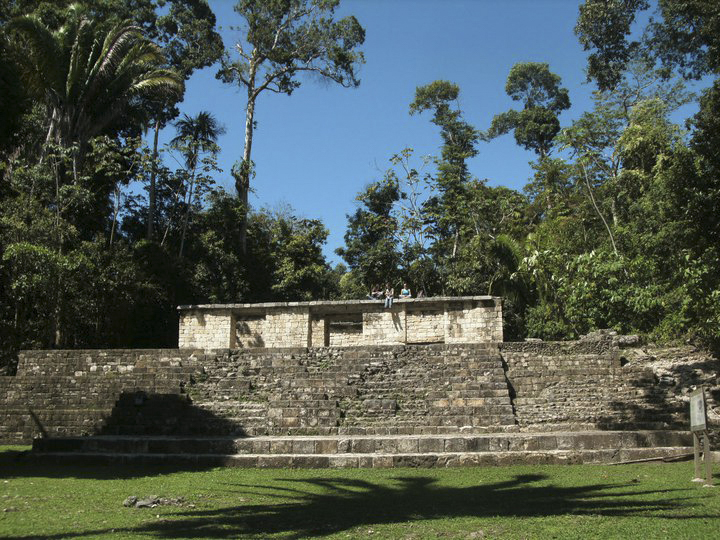
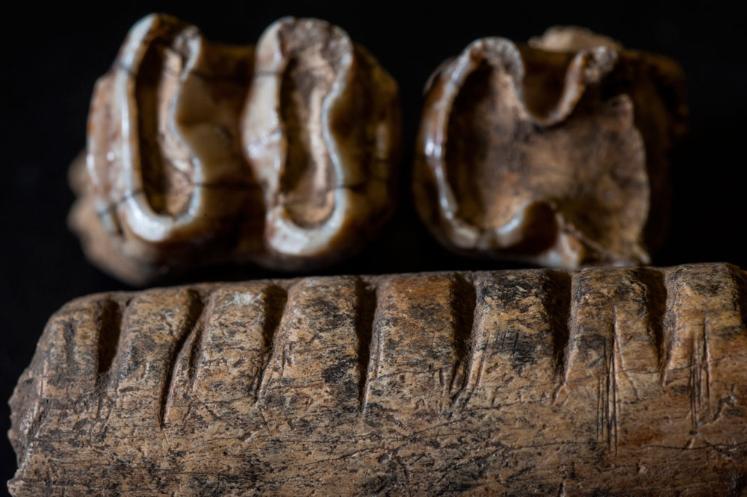
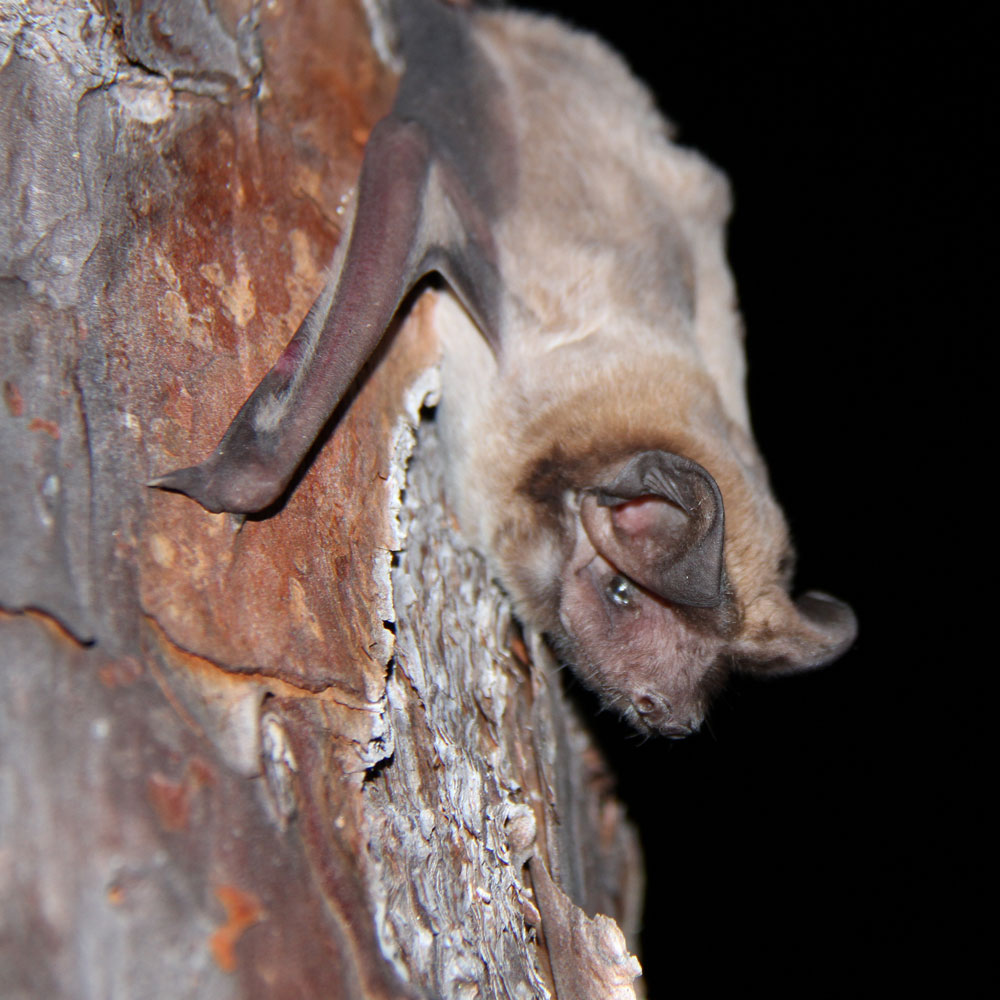

[1].jpg)
